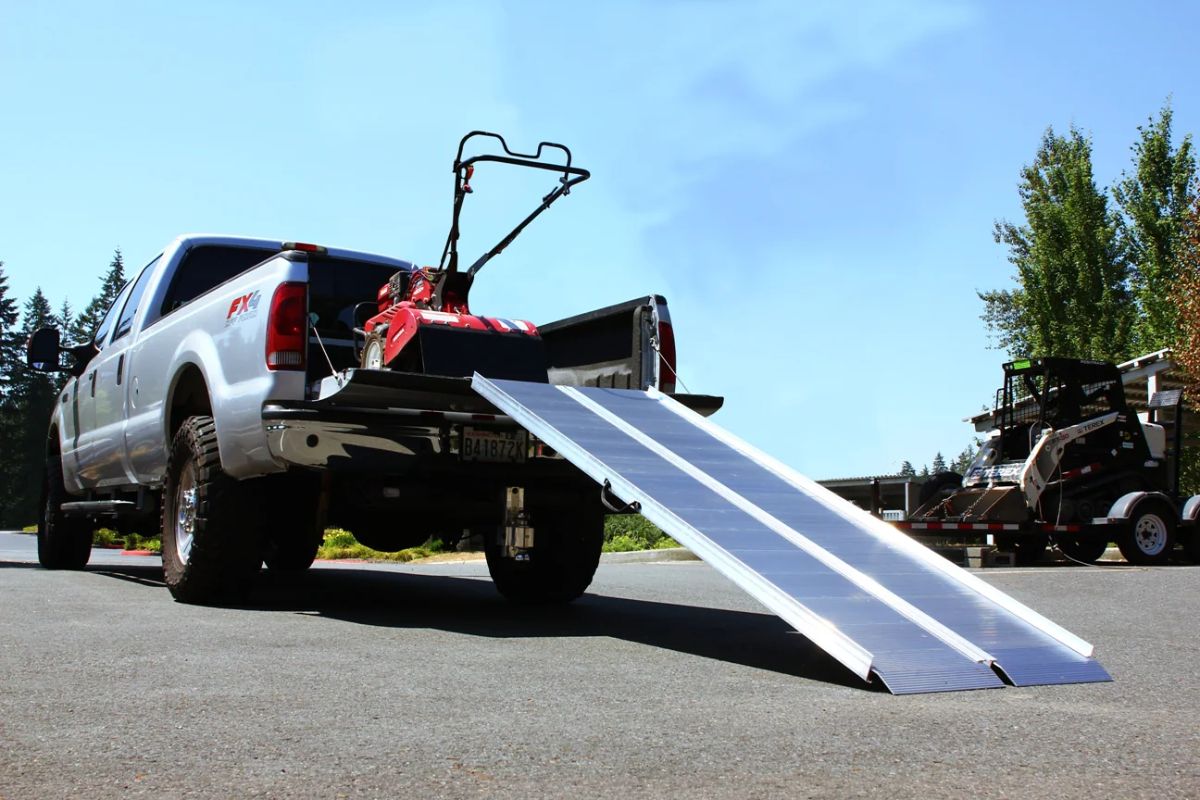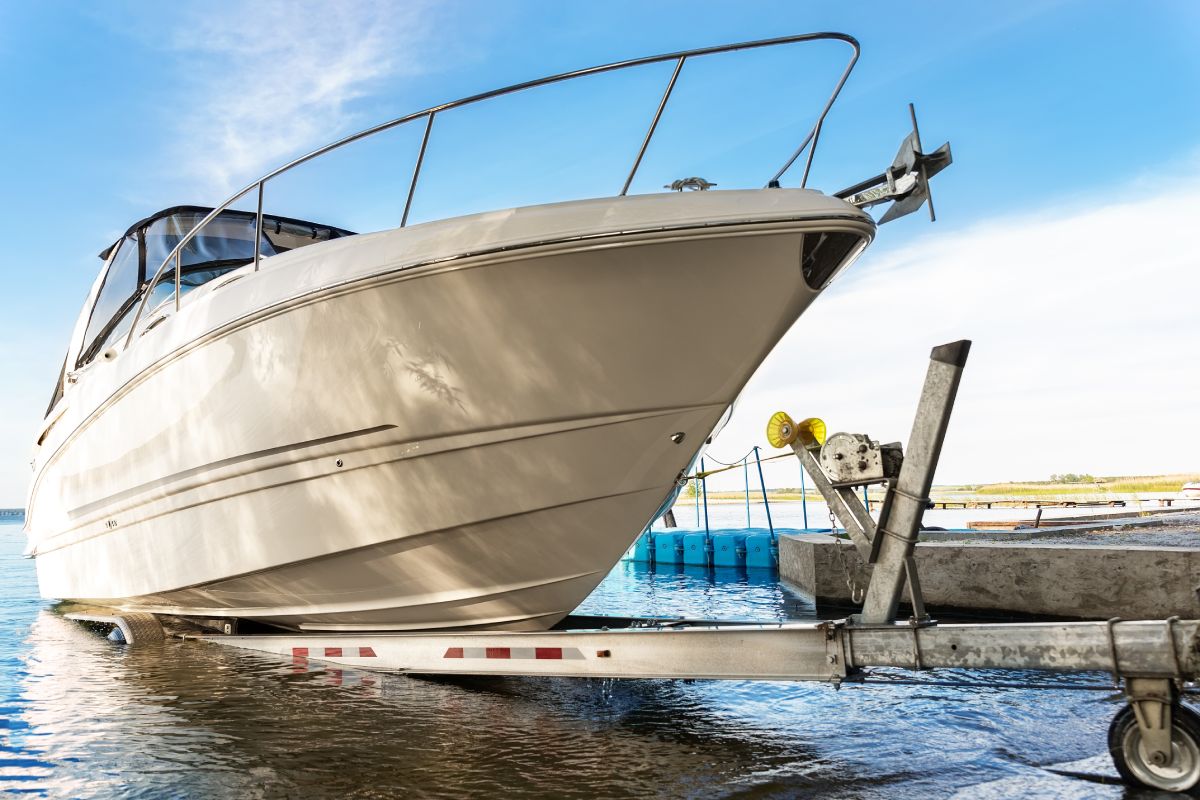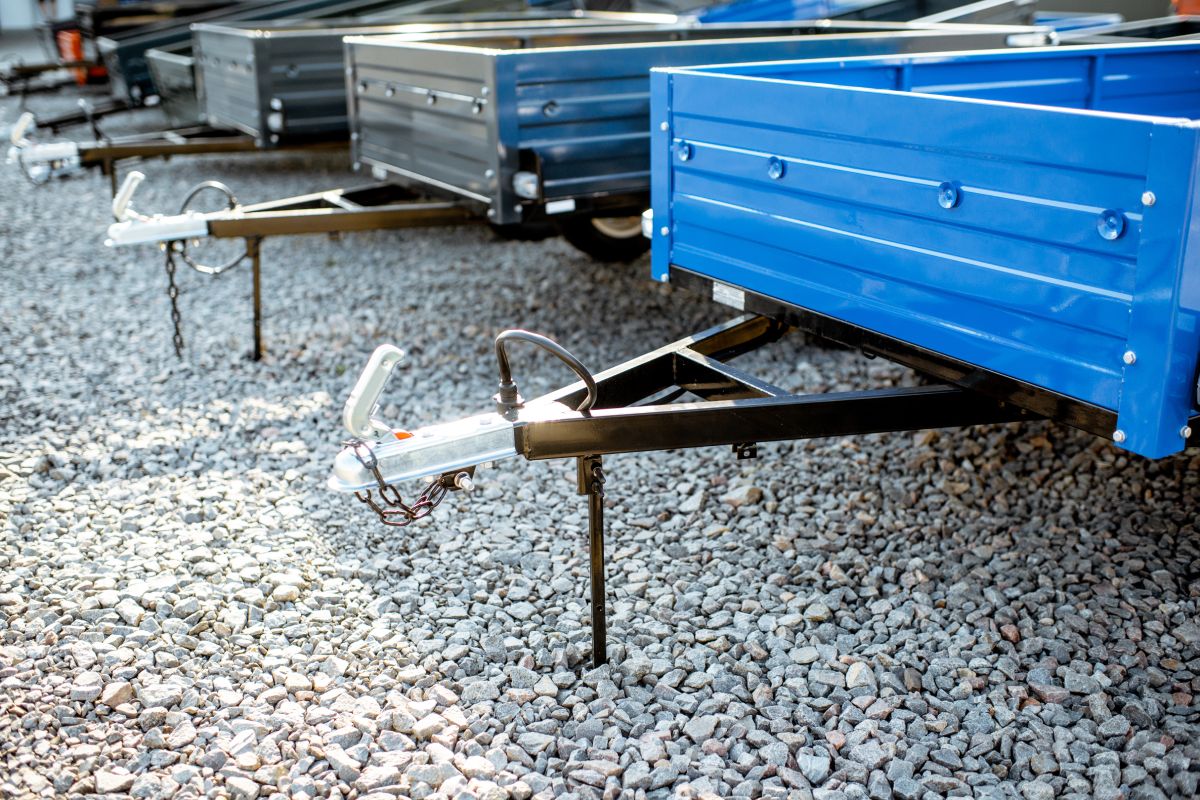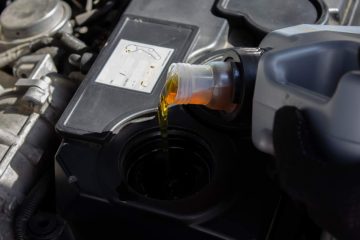Innovations in Ramp and Trailer Design: Enhancing Safety and Efficiency

Ramps and trailers, the unsung heroes of transportation and logistics, silently facilitate the movement of goods and materials across industries.
Yet beneath their unassuming exteriors lies a world of innovation reshaping their design. Traditional ramp and trailer designs face challenges in an era driven by safety and efficiency. Loading and unloading processes can be hazardous while optimising payload capacity without compromising structural integrity remains a struggle. However, ingenious minds are revolutionising the ramp and trailer landscape with cutting-edge materials, intelligent monitoring systems, and eco-friendly initiatives.
Join us on a captivating journey as we explore how these innovations enhance reliability, performance, and sustainability, propelling ramps and trailers into a new era of excellence.
Ramps and trailers have long been indispensable in various industries, enabling the efficient transportation of heavy machinery, vehicles, and cargo. However, traditional ramp and trailer designs have faced limitations in terms of safety and pose challenges during loading and unloading processes. This section explores the conventional designs and materials used in ramps and trailers, along with recent innovations to enhance safety.
Traditional Ramp and Trailer Design
Traditional ramp and trailer designs have primarily focused on providing structural stability and load-bearing capabilities. Ramps, often constructed from steel or aluminium, are designed to facilitate the smooth transition of vehicles and heavy equipment between different surfaces, such as from ground level to a trailer bed or vice versa. Similarly, trailers are typically composed of steel or aluminium frames, with wooden or metal decks for cargo placement.

However, traditional designs have inherent limitations. Ramps, especially when wet or icy, can become slippery, posing risks for workers and equipment during loading and unloading. Additionally, loading heavy machinery onto trailers can be challenging, with potential damage to the machinery or the trailer itself due to improper alignment or excessive force. These challenges call for innovative solutions to enhance safety and improve efficiency.
Enhancing Safety
In recent years, advancements in ramp and trailer design have focused on enhancing safety during loading and unloading processes. One key area of improvement lies in the materials used. High-strength alloys, such as advanced composite materials and lightweight yet durable metals like titanium, are being integrated into ramp and trailer construction. These materials offer superior strength and structural integrity, reducing the risk of accidents caused by ramp failure or trailer instability.
Furthermore, the incorporation of safety features has become increasingly prevalent. Anti-slip surfaces, such as textured coatings or rubberised materials, are applied to ramps and trailer decks, ensuring better traction even in slippery conditions. Reflectors and strategically placed lighting enhance visibility, minimising the risk of collisions or accidents during nighttime operations. Moreover, improved design elements, such as reinforced edges and sides, contribute to preventing machinery or cargo from inadvertently sliding off or tipping over.
Another significant advancement in safety is the integration of sensor technology. Load sensors can be installed on ramps and trailers to monitor weight distribution and provide real-time feedback, preventing overloading and potential accidents. In addition, proximity sensors and cameras offer increased awareness and visibility, enabling operators to navigate ramps and trailers with precision and avoid collisions.
Automation also plays a vital role in enhancing safety. Automated systems can assist in aligning and securing heavy machinery onto trailers, reducing the need for manual intervention and minimising the risk of human error. Moreover, intelligent monitoring systems equipped with predictive analytics can detect potential issues or failures in ramps and trailers, allowing for proactive maintenance and preventing accidents before they occur.
In the next section, we will delve into the innovations focused on increasing efficiency in ramp and trailer design.

Increasing Ramps and Trailers’ Efficiency
Efficiency is a critical factor in ramp and trailer design, as industries strive to optimise the transportation and logistics processes. Innovations in this realm aim to maximise payload capacity, reduce fuel consumption, and enhance overall operational efficiency. This section explores advancements that contribute to increased efficiency in ramp and trailer design.
Aerodynamic improvement of trailers.
Traditional trailers often experience significant air resistance, resulting in increased drag and reduced fuel efficiency. To address this issue, engineers have developed aerodynamic features such as streamlined profiles, curved edges, and wind deflectors. These enhancements help to minimise air turbulence and improve the trailers’ aerodynamic performance, leading to reduced fuel consumption and increased efficiency during transportation.
Lightweight materials
Moreover, the use of lightweight materials has emerged as a key strategy to optimise payload capacity without compromising structural strength. Advanced composite materials, including carbon fibre and fibreglass, offer excellent strength-to-weight ratios, making them ideal choices for constructing ramps and trailer components.
Advanced features
Furthermore, innovations in trailer technology have led to the development of smart trailers equipped with various advanced features. These trailers are equipped with sensors and connectivity capabilities that enable real-time tracking of temperature, humidity, and other environmental conditions. This is particularly crucial in industries like pharmaceuticals or food transportation, where maintaining optimal conditions is essential. Smart trailers also offer remote monitoring and control, ensuring timely responses to issues such as trailer malfunctions or security breaches.
In the following sections, we will explore technological advancements and environmental considerations in ramp and trailer design.

Technological Advancements in Ramps and Trailers
Technological advancements are revolutionising ramp and trailer design, and introducing cutting-edge features that improve performance, monitoring capabilities, and maintenance processes. This section delves into the integration of technology in ramp and trailer design, highlighting key advancements and their impact.
- Implementation of sensors and monitoring systems: Ramps and trailers can be equipped with various sensors that monitor critical parameters such as temperature, humidity, weight distribution, tire pressure, and mechanical stress. These sensors provide real-time data, allowing operators to detect anomalies, identify potential issues, and take preventive measures to avoid failures or accidents. Additionally, advanced monitoring systems with built-in predictive analytics can analyse the collected data, predict maintenance needs, and schedule timely repairs, minimising downtime and improving operational efficiency.
- The rise of telematics and connectivity has transformed ramp and trailer management: Telematics systems utilise GPS technology and wireless connectivity to track trailers’ locations, monitor their performance, and transmit data to centralised platforms. This enables real-time visibility of trailer fleets, optimised routing, and efficient resource allocation. Telematics systems also provide valuable insights into fuel consumption, driver behaviour, and overall fleet performance, allowing companies to make data-driven decisions for improved efficiency and cost savings.
- The incorporation of automation in ramp and trailer operations: Automated systems are capable of performing tasks such as ramp extension and retraction, trailer hitching and unhitching, and cargo loading and unloading. These systems not only reduce manual labour requirements but also enhance precision and efficiency, ensuring consistent and error-free operations. Automated systems can be controlled through advanced user interfaces, remote operation, or even integrated with artificial intelligence algorithms to optimise processes and minimise human intervention.
- The emergence of the Internet of Things (IoT): IoT-enabled devices and sensors can seamlessly communicate and share data, creating a networked ecosystem that enhances operational efficiency and safety. For example, trailers equipped with IoT sensors can interact with traffic management systems, providing real-time information on their location, speed, and status. This integration improves route planning, enables proactive traffic management, and ensures safer transportation operations.
 Conclusion
Conclusion
Innovations in ramp and trailer design have ushered in a new era of safety, efficiency, and sustainability in the transportation and logistics industry. Advanced materials, safety features, sensor technology, and automation have significantly enhanced safety standards, reducing risks and protecting workers and equipment during loading and unloading processes. Simultaneously, aerodynamic improvements, lightweight materials, and technological integration have optimised efficiency, maximising payload capacity, reducing fuel consumption, and streamlining operational processes.
Moreover, the industry has embraced environmental considerations, with initiatives like electric trailer technology, sustainable materials, and alternative fuels reducing carbon emissions and promoting a greener future. These innovations in ramp and trailer design, showcased in this discussion, demonstrate the power of human ingenuity to shape the future of transportation and logistics.
As the industry continues to push boundaries and embrace new technologies, the reliability and indispensability of ramps and trailers in a world driven by safety, efficiency, and environmental responsibility are assured.










